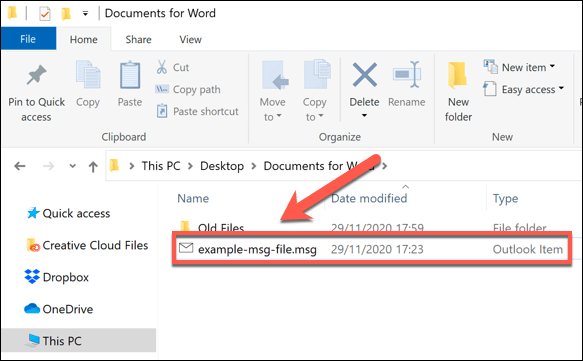
The current AAC standard is specified in ISO/IEC standard 14496-3. This added Audio Object Types and Perceptual Noise Substitution. In 1999, the MPEG-2 part 7 was included in the MPEG-4 Part 3. AAC files allows temporal noise shaping, a non-uniform quantizer, and reworking of bitstream format (for 16 stereo channels, 16 mono channels, 16 low-frequency channels, and 16 commentary channels in a single bitstream). The MPEG-2 part 7 is defined with three profiles: Low Complexity (AAC-LC), Main profile (AAC Main), and Scalable Sampling Rate profile (AAC-SSR). The file size is significantly smaller with AAC files compared to MP3 files. Much like MP3 files, AAC files remove audio at frequencies the human ear cannot process to create smaller and more manageable files. AAC files contain more sample frequencies than MP3’s, as well as up to 48 channels, higher efficiency of coding and filter banks, and higher coding accuracy for transient signals. AAC files are standardized by the ISO/IEC as part of the MPEG-2 and MPEG-4 families though it was first introduced into the MPEG-2 Part 7 family.


The lossy compression provides better audio quality at similar bit rates. AAC files were designed with the intention of replacing MP3’s.


 0 kommentar(er)
0 kommentar(er)
